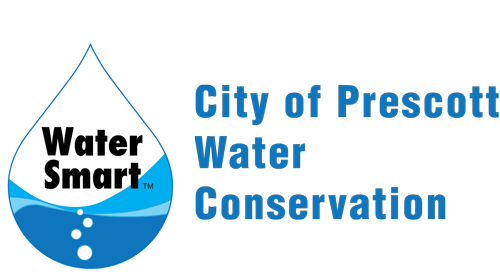The Arizona Department of Water Resources {ADWR) has been tasked with a new mandate. According to A.R.S. § 45-105(8){14):
Not later than December 1, 2023, and on or before December 1 of each year thereafter, prepare and issue a water supply and demand assessment for at least six of the [fifty-one] groundwater basins established pursuant to section 45-403. The director shall ensure that a water supply and demand assessment is completed for all groundwater basins at least once every five years.

What is meant by WATER SUPPLY AND DEMAND?
Supply will include Groundwater, Colorado River Water (if it has been allocated to that basin), In-State Surface Water (if it has been adjudicated), Effluent, and Other General Considerations, such as current utilization, potential for augmentation, and climate change.
Demand will examine Agriculture, Municipal (both residential and not-residential uses), Industrial, Tribal Settlements, Environmental Factors, and Other General Considerations, such as the impact of conservation programs or curtailments.
ADWR has selected its first six groundwater basins. (See Map.)
In Northwestern Arizona, the Hualapai Valley Basin and the Sacramento Valley Basin will be assessed for Supply and Demand.
Hualapai Valley Basin is in Mohave County. The City of Kingman lies on the southwest border of the Basin. Most of the county is rangeland or open desert. In the mid-2010s, agricultural acreage increased significantly, putting a strain on the groundwater dependent basin. Mohave County requested ADWR create an Irrigation Non-Expansion Area (INA) in 2016, 2020, and as recently as June 2022. In 2017, the County and City entered into an agreement with United States Geological Survey (USGS) to create a groundwater model. The results indicated that four times more water was going out of the aquifer than going in (44,000 acre-feet vs. 10,000 acre-feet.) On December 19, 2022, ADWR Director Tom Buschatzke designated the Hualapai Valley Basin as an INA- the first one in over 40 years.
Sacramento Valley Basin is also in Mohave County, and also groundwater dependent. In addition to municipal demand, there is a large mine. Much of the area’s basin is devoted to grazing.
In the West-Central part of the state, Butler Valley, McMullen Valley, Harquahala Irrigation NonExpansion Area {INA) and Tiger Wash Basins will be evaluated.
Butler Valley Basin is in La Paz County. It is one of three basins considered to be a “transportation basin” meaning it has the potential to have groundwater transported outside the basin for use in another basin. It is groundwater dependent; some is used for agriculture, but less so than the other basins.
About half of McMullen Valley Basin is in La Paz County, but it extends into Maricopa County and includes the southwestern corner of Yavapai County. It is the second of three “transportation basins.” Here, agriculture is the primary user of groundwater.
Harquahala INA straddles La Paz County and Maricopa County. It is the third of the three transportation basins. It was designated an INA in 1982. It is groundwater dependent but has a few small Colorado River subcontracts.
The smallest basin is Tiger Wash Basin in Maricopa County. It is groundwater reliant but demand for groundwater is still relatively low.
In Southeastern Arizona, Wilcox Basin, San Bernardino Valley Basin, and the newly created Douglas Active Management Area (AMA), as of December 1, 2022, will be included in the Assessment.
Willcox Basin’s northern boundary penetrates into Graham County, but this largest basin is mostly within Cochise County. In 2022, Willcox Basin petitioned to become an Active Management Area, but it was voted down by a 2 to 1 margin. Ranching, agriculture, and a large dairy are major water users in this basin.
San Bernardino Valley Basin is the second smallest basin; it is in Cochise County. The valley extends into Mexico, but ADWR will study only what lies within Arizona. There is some ranching, but groundwater demand is minimal. There is a National Wildlife Refuge in this basin.
Douglas AMA was voted and approved by this community in the mid-term election in 2022. It became the newest AMA on December 1, 2022. The former Douglas INA lies inside the outer AMA boundary. While the INA, designated in 1980, prohibits new irrigation, it did not prohibit the amount of groundwater that farmers could pump. The AMA designation means that ADWR can now require compliance with conservation measures and best management practices. Agriculture, municipalities, and industry will have to report their groundwater use. There will also be well spacing regulations.
To generate statewide data, each basin will rely on the Bureau of Reclamation (BOR) for CAP subcontracts (if applicable); the United States Geological Survey for information on agricultural uses; and Community Water Systems (CWS) which report their municipal water use to ADWR, both inside and outside of AMAs.
A Final Assessment Report for each of the nine groundwater basins is due December 1, 2023.
